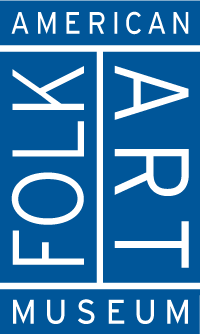Record Details
Roaring Lion, Guardian of the Temples
A miner from the North of France, Augustin Lesage’s practice was rooted in the spiritualist movement that sprang up in the mid-nineteenth century. Before starting an artwork, he segmented the canvas, drawing median and horizontal lines on the surface. Witnesses reported that he then began to intervene from the upper-right side, and then engaged a slow downhill stroll in quiet and constant labor, following a loose automatic process guided by the spirits. His technique brings to mind the floor-after-floor descent of a mining excavation and the layering of geological strata. This artwork depicts a single triangular-shaped construction, bordered by two yellow openings at its summits. Inside this structure, subjects are densely agglomerated. The majestic interior is meticulously composed of architectural motifs, alluding to portals, floors, columns, and friezes. Lesage’s practice of spiritualism must have encouraged a mysticism open to all faiths and cultures. The worlds to which he referred, without being associated with one specific time period, are loaded with disparate elements drawn from ancient Egypt, religious themes, and mythology. The subjects, transposed with a light modeling, are delineated in isolated alcoves. They are trapped by a clear and vividly colored interplay of lines, filled with an abundance of symbols, archaic patterns, jewelry effects, and multitoned speckled zones. This recurrent style is reminiscent of decorative art forms from China, Japan, Malaysia, and Indonesia, with some parts recalling embroidered silks and carpets.
Adapted from “Augustin Lesage” by Valérie Rousseau in The Hidden Art (New York: Skira Rizzoli/American Folk Art Museum, 2017), 94–99.
Object information is a work in progress and may be updated with new research. Records are reviewed and revised, and the American Folk Art Museum welcomes additional information.
To help improve this record, please email photoservices@folkartmuseum.org














